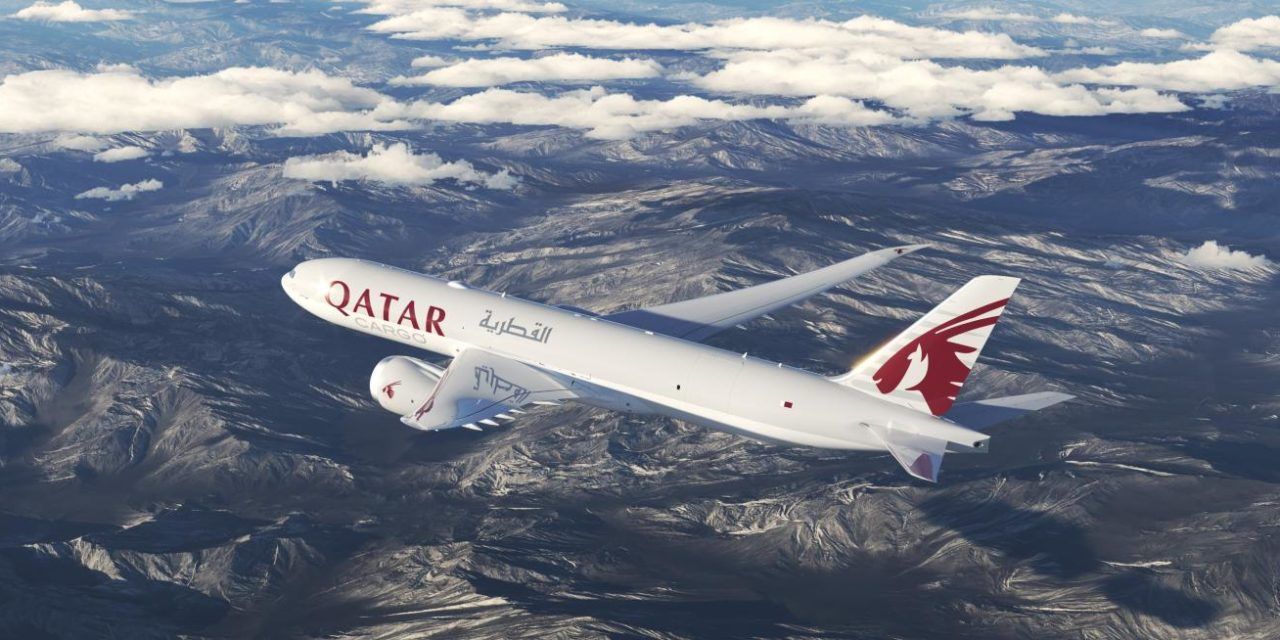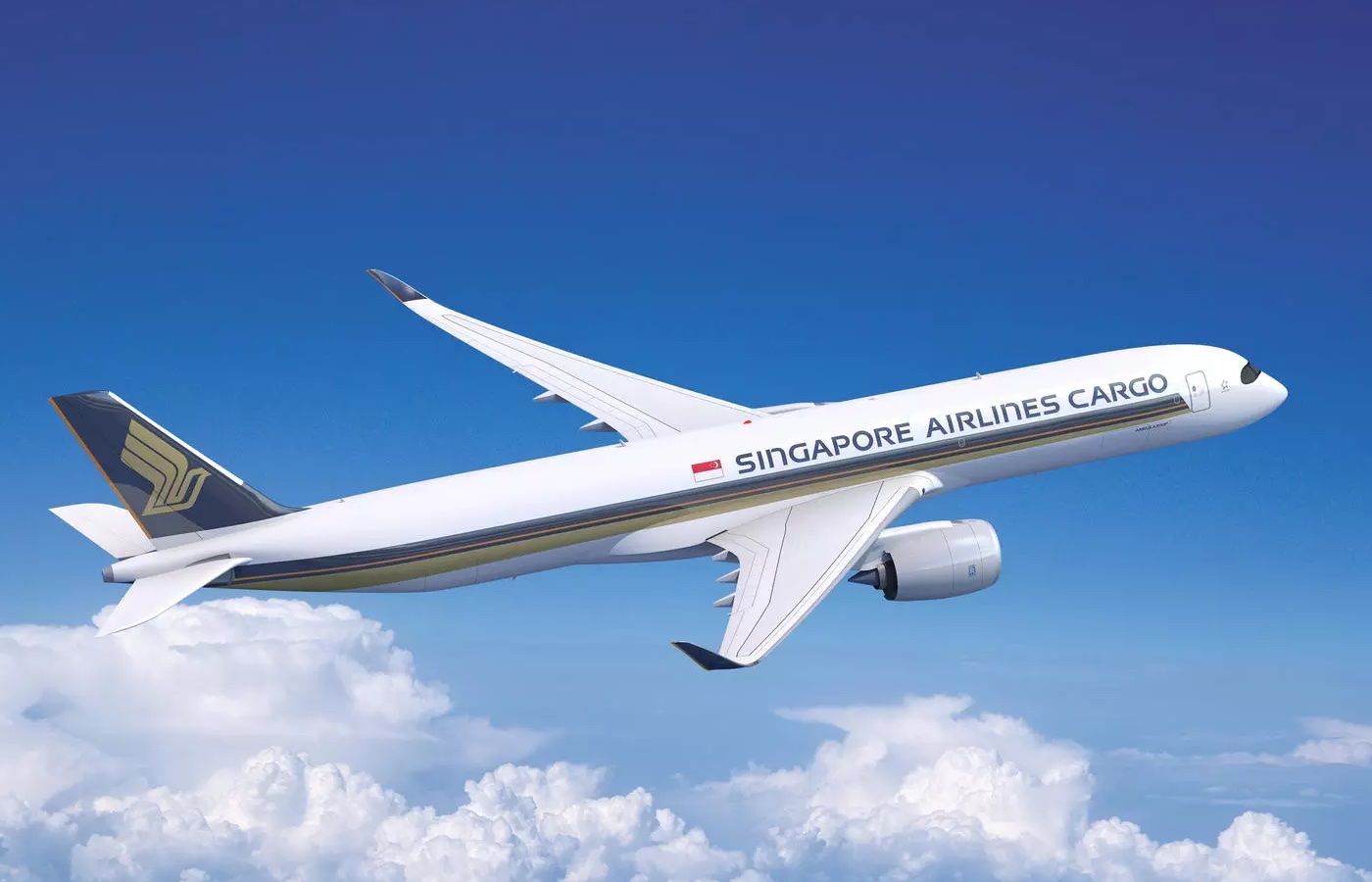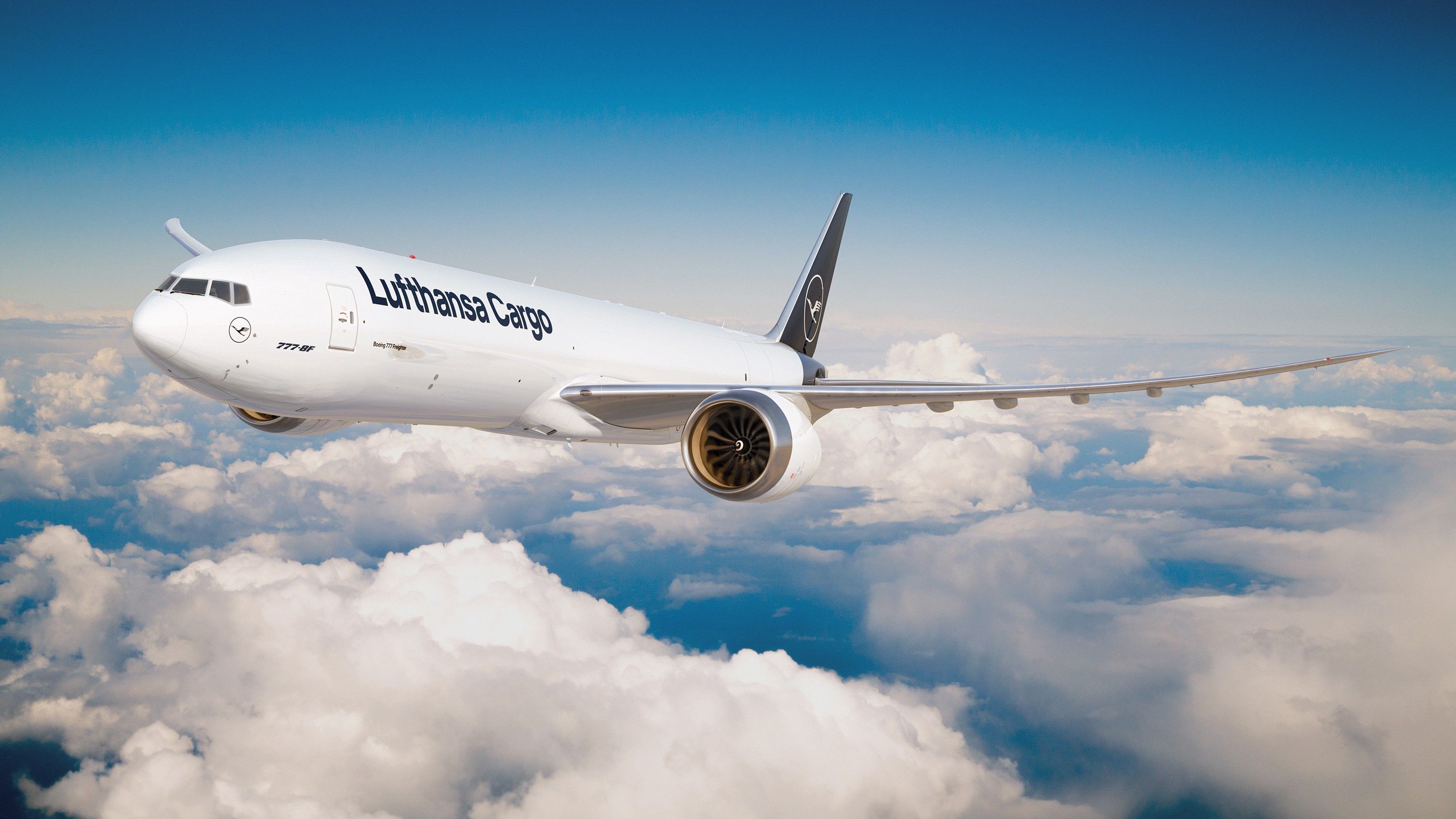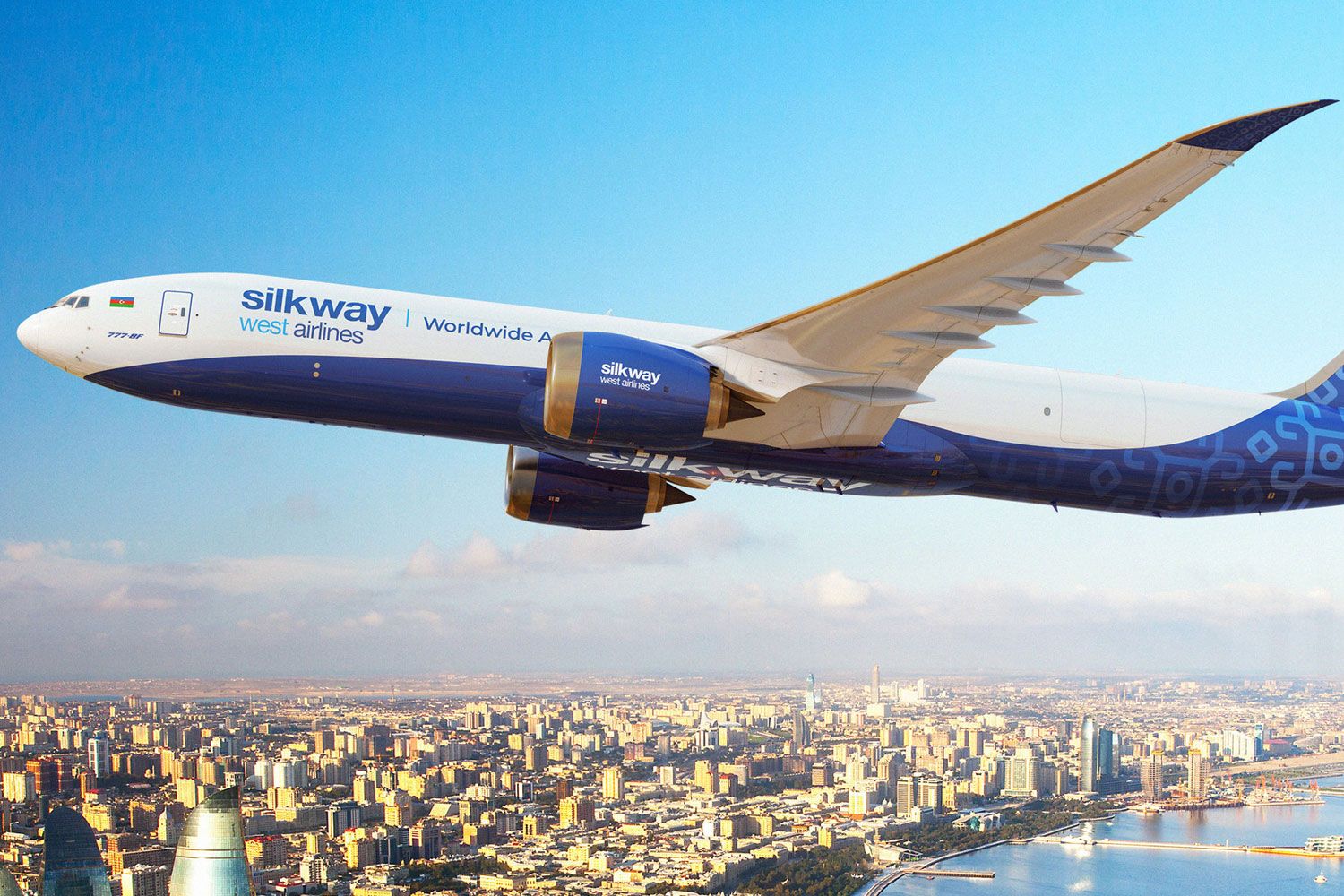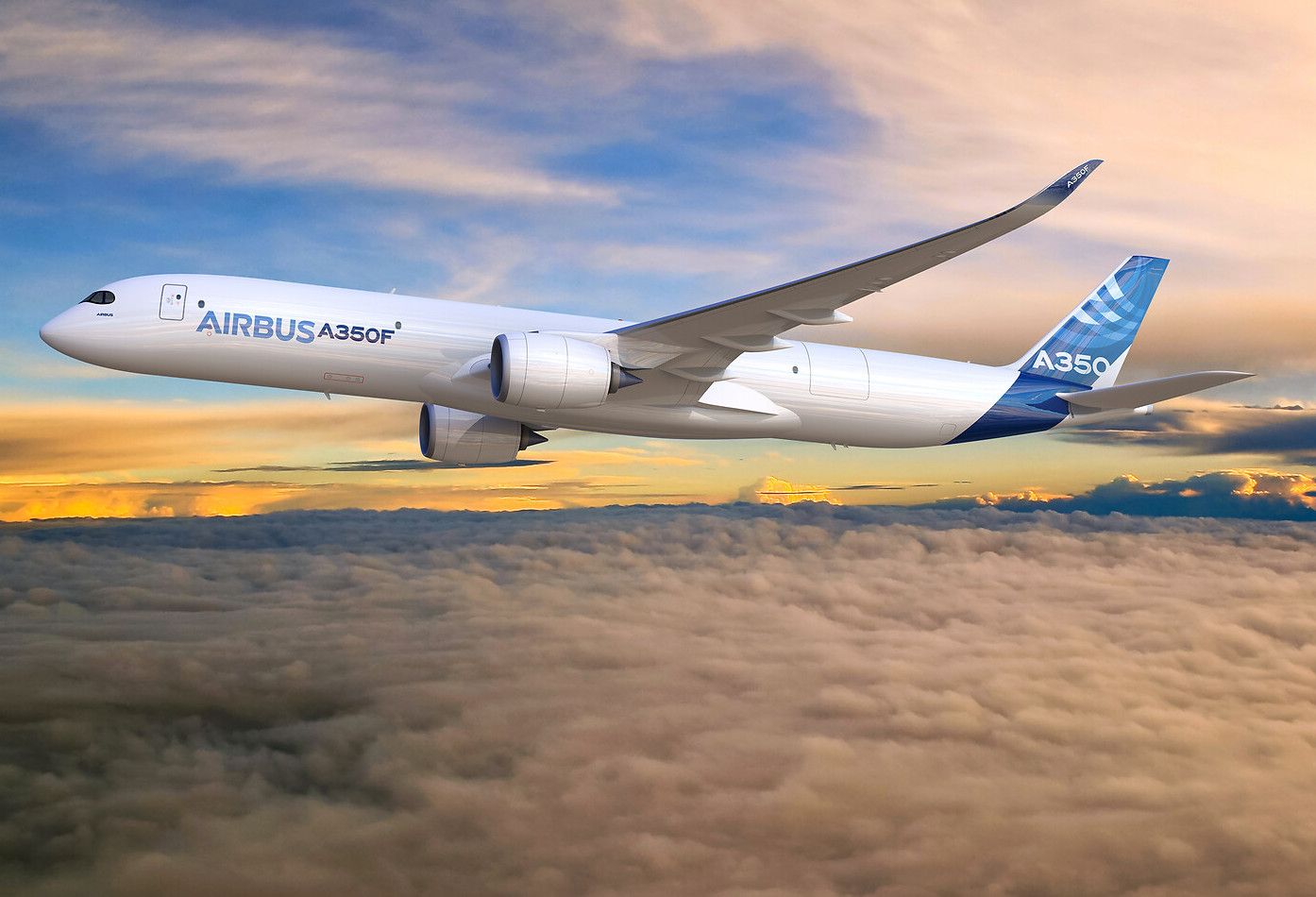The next few years should be interesting when it comes to the new widebody freighters being offered by the two big planemakers. In the summer of 2021, Airbus announced the launch of its A350 freighter program (A350F). Likely having developed the idea for a few months, Boeing responded by announcing the launch of a 777X freighter program at the end of January 2022. With lower demand among customers for freighters when compared to their passenger equivalents, the market has been, and will continue to be competitive. So which next-generation widebody freighter is the better choice? Let's try to answer this question in this article.
Comparing technical specifications
Let's first start with the basics and compare the technical specifications of these aircraft. Without passenger capacities and passenger-based features, there seem to be fewer factors to consider. Below is a table of some key metrics:
|
Length |
232ft 4in (70.8 m) |
232ft 6in (70.9 m) |
|
Wingspan |
212ft 5in (64.75 m) |
235ft 7in (71.8 m) (fully extended/unfolded) |
|
Main Cargo Door Size |
4.19m (165in) x 3.71m (146.5in) |
3.72m (146.5in) x 3.15m (124in) |
|
MTOW |
319 tonnes |
Undisclosed |
|
Payload |
109 tonnes |
118.2 tonnes |
|
Capacity |
30 pallets main deck, 12 in lower hold |
31 pallets main deck, 13 in lower hold |
|
Range (at max payload) |
4,700nm (8,700 km) |
4,410nm (8,167 km) |
|
Powerplants |
Rolls-Royce Trent XWB |
General Electric GE9X |
|
Thrust Per Engine |
97,000 lbf |
110,000 lbf |
|
Target EIS |
2025 |
2027 |
As you can see from these figures, the aircraft are quite similarly sized. The A350F is based on the A350-1000 platform while the 777X freighter is based on the yet-to-enter-service 777-8. According to figures provided by each manufacturer, Boeing's total payload is nearly 10 tonnes above what the A350F can offer. Additionally, Key.Aero notes that the 777X freighter will be able to carry two pallets more than what the A350F can accommodate.
While Boeing's offering can carry a higher payload, its rival from Airbus will be able to fly nearly 300 nautical miles further - and also come out two years earlier (if manufacturers somehow keep to their timeline projections).
Get all the latest aviation news right here on Simple Flying
Other noteworthy features
Airbus has been aggressively marketing its A350F over its Boeing equivalent. In marketing material on the manufacturer's website, the European planemaker hasn't been at all shy about comparing it to competing Boeing products - mainly the 777F and 747F.
However, Airbus does make at least one direct comparison with the 777-8F, saying:
As for the proposed 777-8F, while the current estimates suggest that it could offer six percent more volume and seven tonnes more payload than the A350F, this would come with a hefty burden of at least 32 additional metric tonnes (32,000kgs) of take-off weight (Airbus’ initial estimate) – which increases fuel burn, CO2 emissions and airport charges.
The A350's composite body - with over 70% of its airframe comprised of advanced materials - is indeed something worth considering as it will equate to a lighter airframe with lower fuel burn. On the other side, the Boeing 777X retains a more conventional aluminum fuselage. While composite materials make for a lighter aircraft, could it also lead to more issues? We know that a composite fuselage has resulted in some problems for both Airbus and Boeing when it comes to paint adhesion and surface degradation.
Hopefully, this will be less of an issue by the time the A350F enters service. However, as the world's first freighter with a composite airframe, Airbus is entering new territory, and we'll just have to wait and see if this presents any complications for Airbus or its customers.
Airbus also said that, by its own calculations, its A350F will provide operators "around 65 more revenue days due to less maintenance downtime versus the proposed 777-8F over 16 years, thanks to the A350F’s clean-sheet advanced materials and well-integrated systems."
Airbus has also been quite vocal about its extra-large main cargo door, calling it the "largest cargo door on the market." While a February 2022 Airbus fact sheet put this door's width at 3.81m (150in), its main A350F page now has this figure set at 4.19m (165in), which is about 12% wider.
Get the latest aviation news straight to your inbox: Sign up for our newsletters today.
Orders and market reaction
So with both jets being on the market at the same time for over a year now, how has the aviation industry reacted thus far to these offerings from Boeing and Airbus? Let's look at order figures as of January 2022.
According to Airbus' official orders and deliveries records, the planemaker currently has orders for 39 airframes:
|
A350F Customer |
Quantity |
|
4 |
|
|
7 |
|
|
CMA CGM |
4 |
|
7 |
|
|
KLM |
4 |
|
Silkway West Airlines |
2 |
|
Singapore Airlines |
7 |
|
Undisclosed |
4 |
Thus far, Boeing has racked up orders from five different customers for a total of 58 airframes:
|
777-8F Customer |
Quantity |
|
Qatar Airways |
34 (with 16 options) |
|
Lufthansa |
7 |
|
Cargolux |
10 |
|
Ethiopian Airlines |
5 (MoU only) |
|
Silkway West Airlines |
2 |
Thus, at the time of publication, it looks like Boeing is ahead in sales. Of course, these programs are still in their infancy, and we would expect more orders to come in the months and years to come. Back in November 2022, Simple Flying reported that Middle Eastern carrier Kuwait Airways was reportedly ready to introduce cargo flights into its operations. According to ch-aviation, the airline was in talks to convert its order for five A350-900 passenger aircraft into two passenger variants and three A350 freighters.
Unfortunately, in looking at aircraft sales, we're unable to provide an accurate comparison of prices. While we can say that the 777-8 has a list price of $410.2 million, the last official published list pricing from Airbus came out in 2018 - some five years ago. We can tell you, however, that AXON Aviation Group lists the new price for an A350-1000 as $355.7 million - although it's difficult to know if these figures are up-to-date. For what it's worth, Airbus' 2018 list price for an A350-1000 was $366.5 million.
Are there any other factors to consider?
It looks like the A350F could be a cheaper aircraft that is available sooner. Additionally, it looks to have a larger main cargo door and lower fuel burn with a greater range. Despite having a payload that is seven tonnes lower than the 777-8F, these facts and figures point to the Airbus aircraft being a more attractive product. Indeed, with the A350F coming out two years in advance of the 777-8F, operators hoping to expand their operations and increase their capacity sooner than later could turn to Airbus.
The difference in engine thrust could be a minor factor to consider as well - as this will also affect the runway distance required for takeoff. Of course, with both aircraft serving large cargo hubs that are also likely to see 747 freighters, airport accessibility is perhaps less of a constraining factor.
With the Boeing 777-8F having more capacity and a lower operating cost per tonne as its key advantages, customers may simply make their decision based on fleet commonality. After all, maintenance and supply chains, as well as pilot training and type ratings all have an impact on operations. Interestingly, when looking at customer orders so far, many carriers already operate both Airbus A350 and Boeing 777 passenger or cargo aircraft - and, if considering fleet commonality, could have gone either way. Here are some examples:
- Air France operates both the A350 and 777 passenger variants, but also has a pair of 777Fs.
- Etihad Airways also operates both A350 and 777 passenger variants, as well as five 777Fs.
- Lufthansa flies the A350 for its passenger operations but has 11 777Fs in its cargo division.
- Ethiopian Airlines operates both A350 and 777 passenger variants, as well as nine 777Fs.
Perhaps one notable exception is Azerbaijani cargo operator Silkway West - which ordered two A350Fs and two 777-8Fs. The carrier currently operates an all-Boeing 747 freighter fleet including the 747-400F and 747-8F.
Of course, it's also worth noting that although Qatar Airways operates passenger versions of both the Airbus A350 and Boeing 777, as well as the 777F, its recent but long-running feud with Airbus essentially had ruled out the A350F as a possibility in favor of the 777-8F. Earlier in 2021, prior to the ongoing 'paint saga' becoming a bitter legal battle, airline CEO Al Baker had expressed strong interest in the A350F, stating:
“Definitely, we will be at the front of the queue. We will be soon replacing our current fleet of freighters, and we would want to replace it with the best freighter that is available. We would be very happy to be the launch customer of the new variant.”
Ultimately, the two products look fairly comparable. Because of this, customers may examine other factors unrelated to the performance specifications of each jet, with timeline and commonality appearing to be the more notable factors for consideration.
But what do you think of these two aircraft? If you were shopping for some new widebody freights, which aircraft type would you choose? Share your thoughts by leaving a comment!
Sources: Airbus, Boeing, Key.Aero, AXON Group


